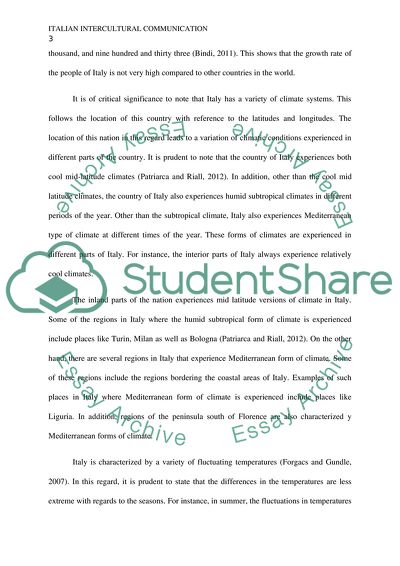Cite this document
(Intercultural Communication Essay Example | Topics and Well Written Essays - 2500 words, n.d.)
Intercultural Communication Essay Example | Topics and Well Written Essays - 2500 words. https://studentshare.org/journalism-communication/1826403-intercultural-communication
Intercultural Communication Essay Example | Topics and Well Written Essays - 2500 words. https://studentshare.org/journalism-communication/1826403-intercultural-communication
(Intercultural Communication Essay Example | Topics and Well Written Essays - 2500 Words)
Intercultural Communication Essay Example | Topics and Well Written Essays - 2500 Words. https://studentshare.org/journalism-communication/1826403-intercultural-communication.
Intercultural Communication Essay Example | Topics and Well Written Essays - 2500 Words. https://studentshare.org/journalism-communication/1826403-intercultural-communication.
“Intercultural Communication Essay Example | Topics and Well Written Essays - 2500 Words”. https://studentshare.org/journalism-communication/1826403-intercultural-communication.


